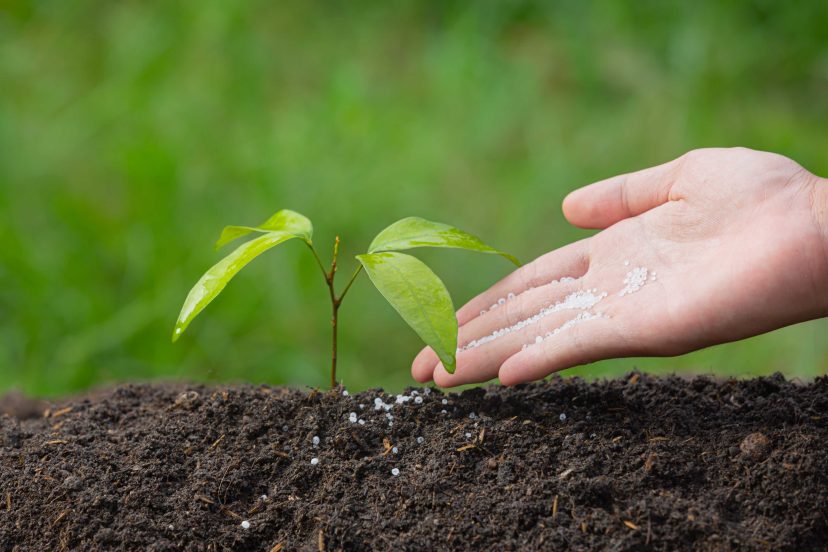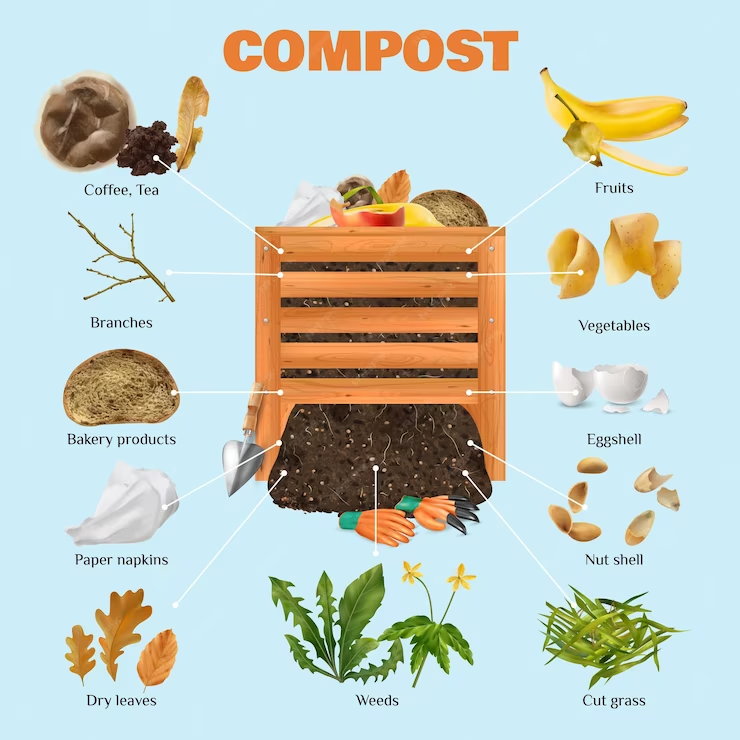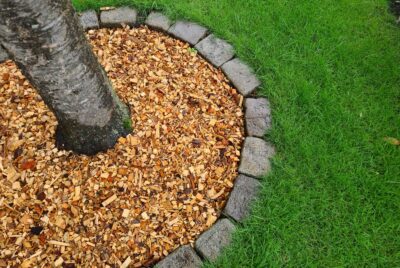Boost Your Garden: DIY Homemade Plant Food Recipes
Deprecated: The PSR-0 `Requests_...` class names in the Requests library are deprecated. Switch to the PSR-4 `WpOrg\Requests\...` class names at your earliest convenience. in /home/littlegr/public_html/wp-includes/class-requests.php on line 24
DIY homemade plant food recipes are a cost-effective and environmentally friendly way to provide essential nutrients to your plants that are necessary for them to thrive. Of course there are various ready made options in the market, a.k.a fertilizers. However, by making your own plant food, you have control over the ingredients and can customize it to meet the specific needs of your plants. Moreover, you can ensure that the plant food remains organic and no synthetic chemicals go into your garden.
Benefits of Using Homemade Plant Food
One of the main benefits of using homemade plant food is that it is cost-effective compared to store-bought plant food. Many store-bought plant foods can be quite expensive, especially if you have a large garden or many houseplants. By making your own plant food, you can save money and still provide your plants with the nutrients they need.
Using homemade plant food is also environmentally friendly. Many store-bought plant foods contain synthetic chemicals that can be harmful to the environment, especially when these chemicals leach from your soil into groundwater or other water sources. By using natural ingredients in your homemade plant foods, you are reducing your carbon footprint and promoting a healthier ecosystem.
Another benefit of homemade plant foods is that it is customizable to specific plant needs. Different plants have different nutrient requirements, and by making your own plant food, you can tailor it to meet the specific needs of the plants. This ensures that your plants are getting the right balance of nutrients for optimal growth.
Using homemade plant foods also promotes healthy soil and plant growth. Many store-bought plant foods contain high levels of salts and chemicals that can build up in the soil over time and harm beneficial microorganisms. Homemade plant foods, on the other hand, nourishes the soil and promotes a healthy ecosystem for plants to thrive in.
Essential Nutrients for Plant Growth
Plants require several essential nutrients for healthy growth. These nutrients can be divided into two categories: macronutrients and micronutrients.
Macronutrients are needed in larger quantities and include nitrogen (N), phosphorus (P), and potassium (K). Nitrogen is essential for leaf and stem growth, phosphorus promotes root development and flowering, and potassium helps with overall plant health and disease resistance.
Micronutrients are needed in smaller quantities but are equally important. These include iron (Fe), manganese (Mn), zinc (Zn), copper (Cu), boron (B), molybdenum (Mo), and chlorine (Cl). They constitute in total less than 1% of the dry weight of most plants. However, they play a vital role in various plant functions, such as photosynthesis, enzyme activation, and nutrient uptake.
Organic vs. Synthetic Plant Food
There are two main types of plant food: organic and synthetic. Organic plant food is derived from natural sources such as compost, manure, bone meal, and seaweed. Synthetic plant food, on the other hand, is made from chemical compounds that are manufactured in a laboratory.
Organic plant food has several advantages. It is environmentally friendly as it does not contain harmful chemicals that can leach into the soil and waterways. It also improves soil structure and fertility over time, promoting long-term plant health. Additionally, organic plant food releases nutrients slowly, providing a steady supply of nutrients to plants.
Synthetic plant food, on the other hand, provides nutrients in a readily available form for plants. It is often cheaper than organic versions and can be more convenient to use. However, synthetic plant food can be harmful to the environment if not used properly. It can also lead to nutrient imbalances in the soil if overused.
Plant Food Recipes
Now that we know more about the different types of nutrients that are needed to promote healthy plants growth, let’s dive into the natural plant food recipes for your garden:
Recipe #1: Banana Peel Fertilizer
Banana peel fertilizer provides potassium, phosphorus, and other essential nutrients to plants. It promotes healthy root development, flowering, and overall plant health. It is especially beneficial for fruiting plants such as tomatoes, peppers, and citrus trees. To make banana peel fertilizer, you will need:
– Banana peels
– Water
– Blender or food processor
– Spray bottle
Start by collecting banana peels from ripe bananas. Cut the peels into small pieces and place them in a blender or food processor. Add enough water to cover the peels and blend until smooth. This will make a banana peel slurry that you can bury in your garden or pots next to your plants. You can also make a banana peel tea by soaking banana peels in a mason jar filled with water for at least one week. Remove the peels and dilute the mixture in a spray bottle then spray it at the base of your plants
Recipe #2: Eggshell Fertilizer
Eggshell fertilizer provides calcium to plants, which is essential for cell wall development and overall plant structure. It also helps prevent blossom end rot in tomatoes and other calcium-related deficiencies in plants. To make eggshell fertilizer, you will need:
– Eggshells
– Baking sheet
– Oven
– Blender or coffee grinder
To make eggshell fertilizer, start by collecting eggshells from eggs that you have used in cooking. Rinse the eggshells thoroughly to remove any residue. Place the eggshells on a baking sheet and bake them in the oven at 200°F (93°C) for about 15 minutes to dry them out. If you do not have an oven, just leave the eggshells to dry overnight. Once dry, crush the eggshells into small pieces using a blender, coffee grinder or mortar and pestle. Sprinkle the crushed eggshells around the base of your plants or mix them into the soil.
Recipe #3: Epsom Salt Fertilizer
Epsom salt fertilizer provides magnesium and sulfur to plants, which are essential for chlorophyll production and overall plant health. It is especially beneficial for green leafy vegetables such as spinach and lettuce. To make Epsom salt fertilizer, you will need:
– Epsom salt
– Water
– Spray bottle
To make Epsom salt fertilizer, dissolve 1 tablespoon of Epsom salt in 1 gallon of water. Stir until the salt is completely dissolved. Pour the mixture into a spray bottle and use it to water your plants or spray it directly onto the leaves.
Recipe #4: Coffee Grounds Fertilizer
Coffee grounds fertilizer provides nitrogen to plants, which is essential for leaf and stem growth. It also improves soil structure and fertility over time. To make coffee grounds fertilizer, you will need:
– Used coffee grounds
– Water
– Compost bin or garden bed
To make coffee grounds fertilizer, collect used coffee grounds from your coffee maker or local coffee shop. Spread the coffee grounds in a thin layer on a compost bin or directly onto the soil in your garden bed. Mix the coffee grounds into the soil or let them decompose naturally over time. Coffee ground can also be added into soil to make the soil more acidic, which is good for growing blueberries and rhododendrons.
Recipe #5: Fish Tank Water Fertilizer
Fish tank water fertilizer provides a wide range of nutrients to plants, including nitrogen, phosphorus, and potassium. It also contains beneficial microorganisms that promote healthy soil and plant growth. For the tank water fertilizer, you will need:
– Fish tank water
– Watering can or spray bottle
Simply collect water from your fish tank during regular water changes. Use the fish tank water to water your plants.
Tips for Using Homemade Plant Food Safely and Effectively
When using homemade plant food, it is important to use it in moderation. Over-fertilizing plants can lead to nutrient imbalances and can harm plant health. Follow the instructions for each recipe and use the plant food as directed.
To avoid over-fertilizing plants, it is also important to monitor your plants’ growth and adjust the frequency of fertilization accordingly. Some plants may require more frequent fertilization, while others may need less.
When handling homemade plant food, it is important to take safety precautions. Wear gloves and wash your hands thoroughly after handling plant food and keep them out of reach of children and pets.
DIY homemade plant food recipes offer a cost-effective and environmentally friendly way to provide essential nutrients to your plants. Whether you choose to make banana peel fertilizer, eggshell fertilizer, Epsom salt fertilizer, coffee grounds fertilizer, or fish tank water fertilizer, you can be confident that you are providing your plants with the nutrients they need for healthy growth. So why not give it a try and see the difference it makes in your garden or indoor plants? Your plants will thank you for it!
FAQs
- Q: What is homemade plant food?
- A: It is a natural and organic fertilizer made from household items and organic matter that can be used to nourish plants and promote their growth.
- Q: What are the benefits of using homemade plant food?
- A: It is a cost-effective and eco-friendly alternative to commercial fertilizers. It is also free from harmful chemicals and provides plants with essential nutrients that promote healthy growth.
- Q: What are some common ingredients used in homemade plant food?
- A: Common ingredients used in homemade plant food include eggshells, coffee grounds, banana peels, vegetable scraps, and Epsom salt.
- Q: How do I make homemade plant food?
- A: To make homemade plant food, you can mix together organic matter such as eggshells, coffee grounds, and vegetable scraps with water and let it sit for a few days to create a nutrient-rich liquid fertilizer. You can also create a compost pile using organic matter and use the resulting compost as plant food.
- Q: How often should I use homemade plant food?
- A: The frequency of using homemade plant food depends on the type of plant and its growth stage. Generally, it is recommended to use homemade plant food once a week during the growing season and once a month during the dormant season.




